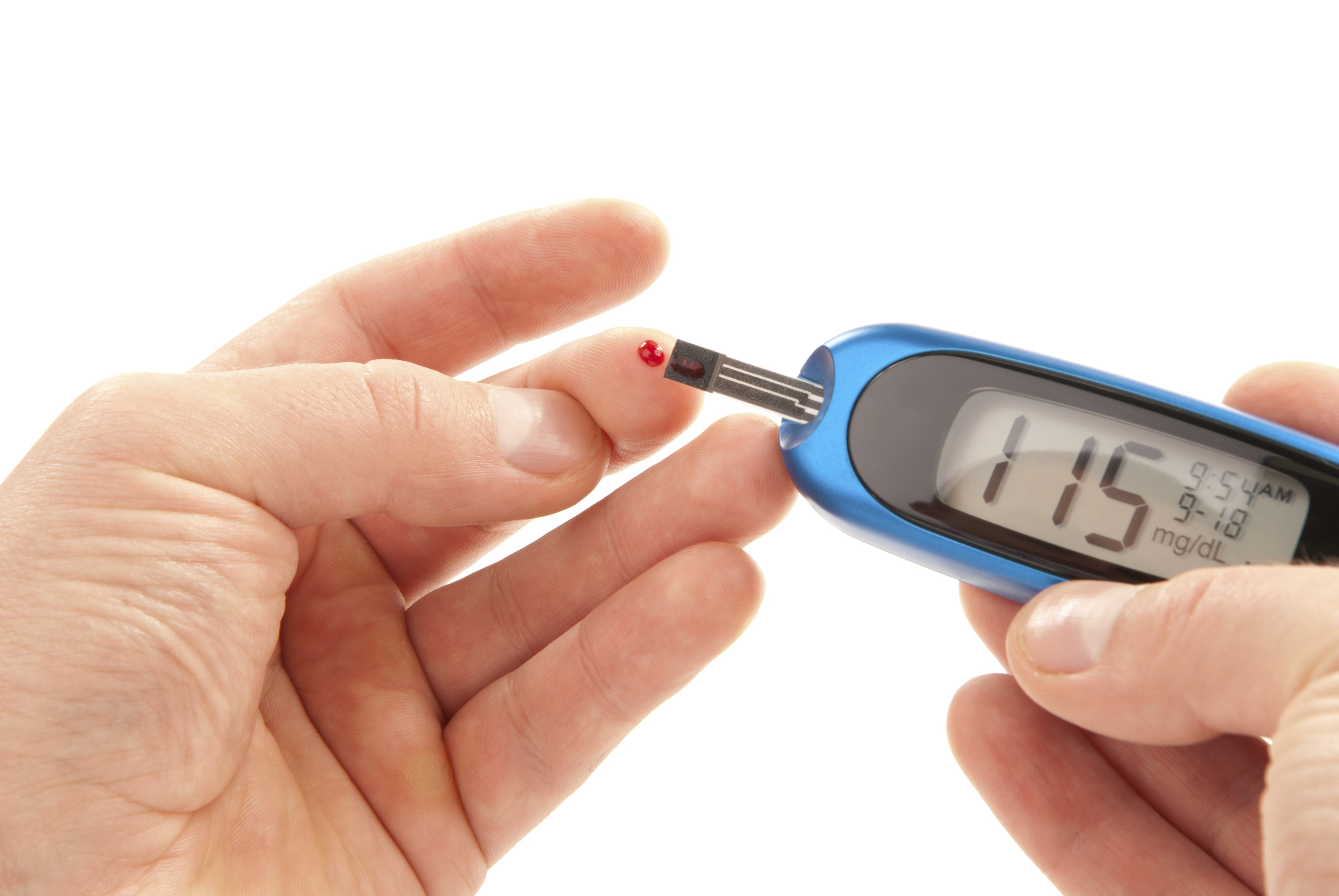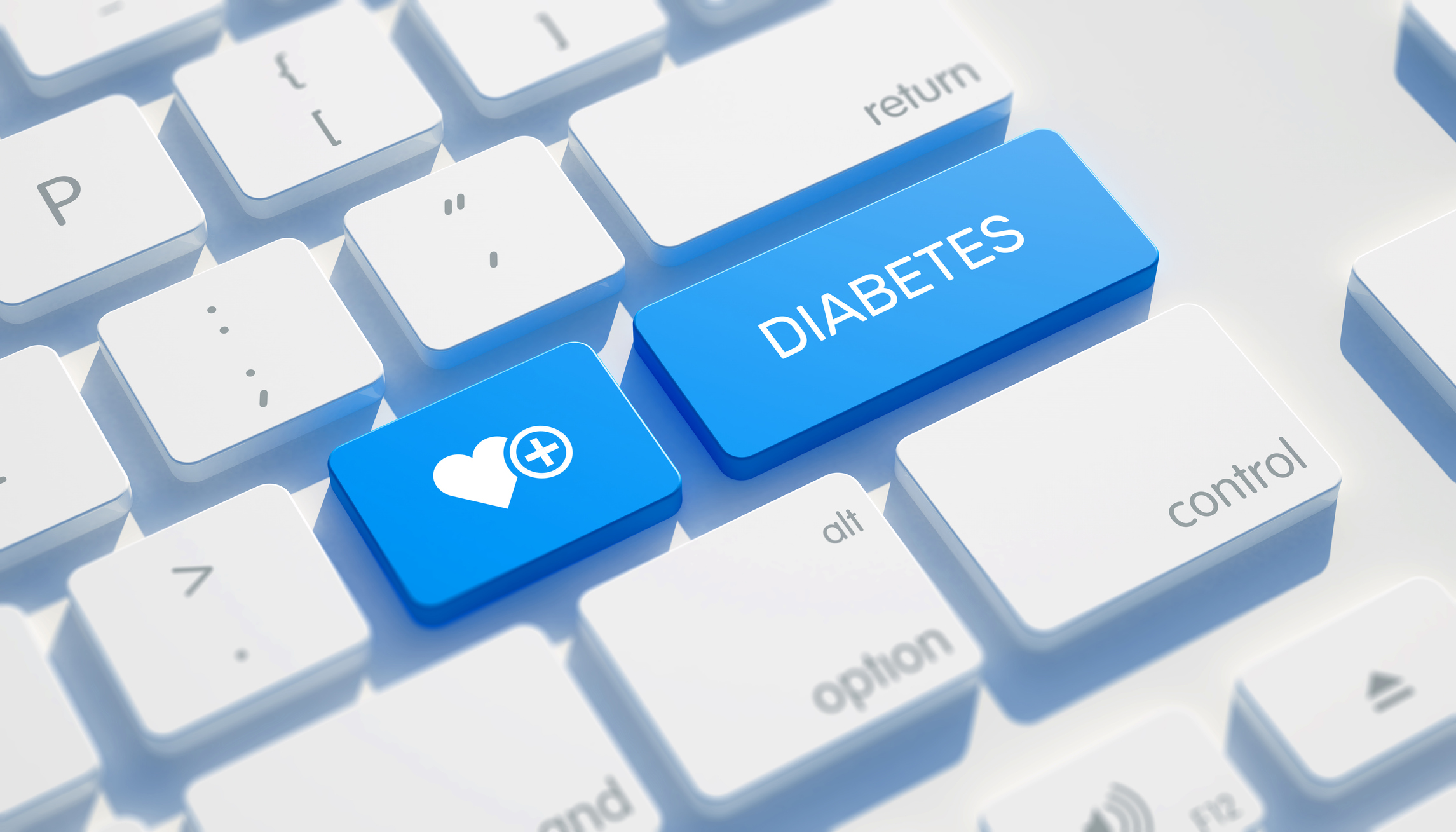Patient Communication Platform
Robert Roscoe, BSc. Pharm, ACRP, CDE, CPT, Pharmacist and Certified Diabetes Educator talks about what lipohypertrophy is and how to avoid getting them when injecting insulin.
Lipohypertrophies, or lipos, are the development of scar tissue in the subcutaneous fat layer where you do your insulin injections. They feel like a thick, rubbery consistency underneath the skin. The issue with those is that sometimes you can feel them more than see them.
Robert Roscoe, BSc. Pharm, ACRP, CDE, CPT, Pharmacist and Certified Diabetes Educator goes through the steps of proper injection technique when administering insulin.
Well the first thing you really should do is just gather all your supplies and bring them to one area. Once you have that done then really what you should be doing is washing your hands to make sure you’re getting ready to do the injection.
Robert Roscoe, BSc. Pharm, ACRP, CDE, CPT, Pharmacist and Certified Diabetes Educator , talks about how to properly rotate insulin injection sites in order to avoid developing lipohypertrophy.
Insulin is best absorbed when it’s injected into healthy tissue. When you inject in the same spot over time, you develop something called lipohypertrophy, or lipos, or scar tissue, which is a thick, rubbery tissue develops in a subcutaneous area where you do your injections.



